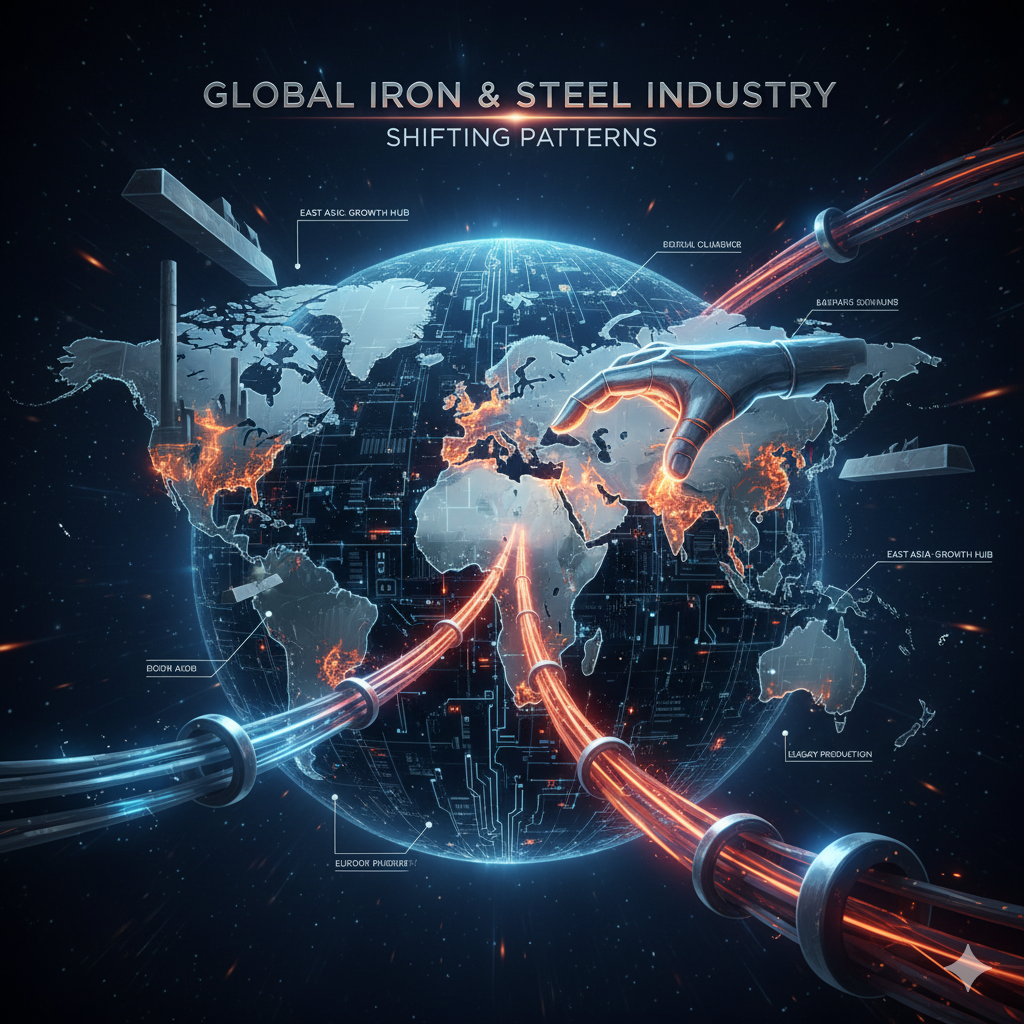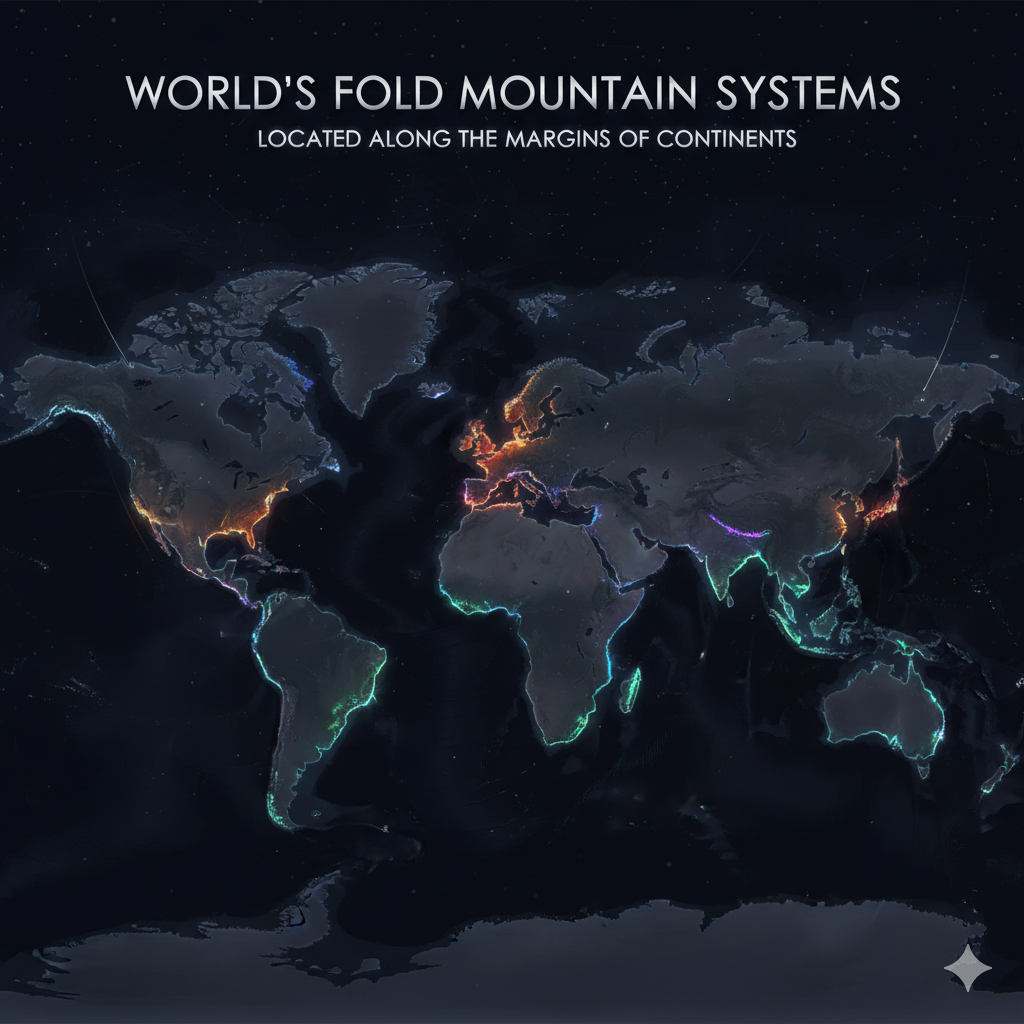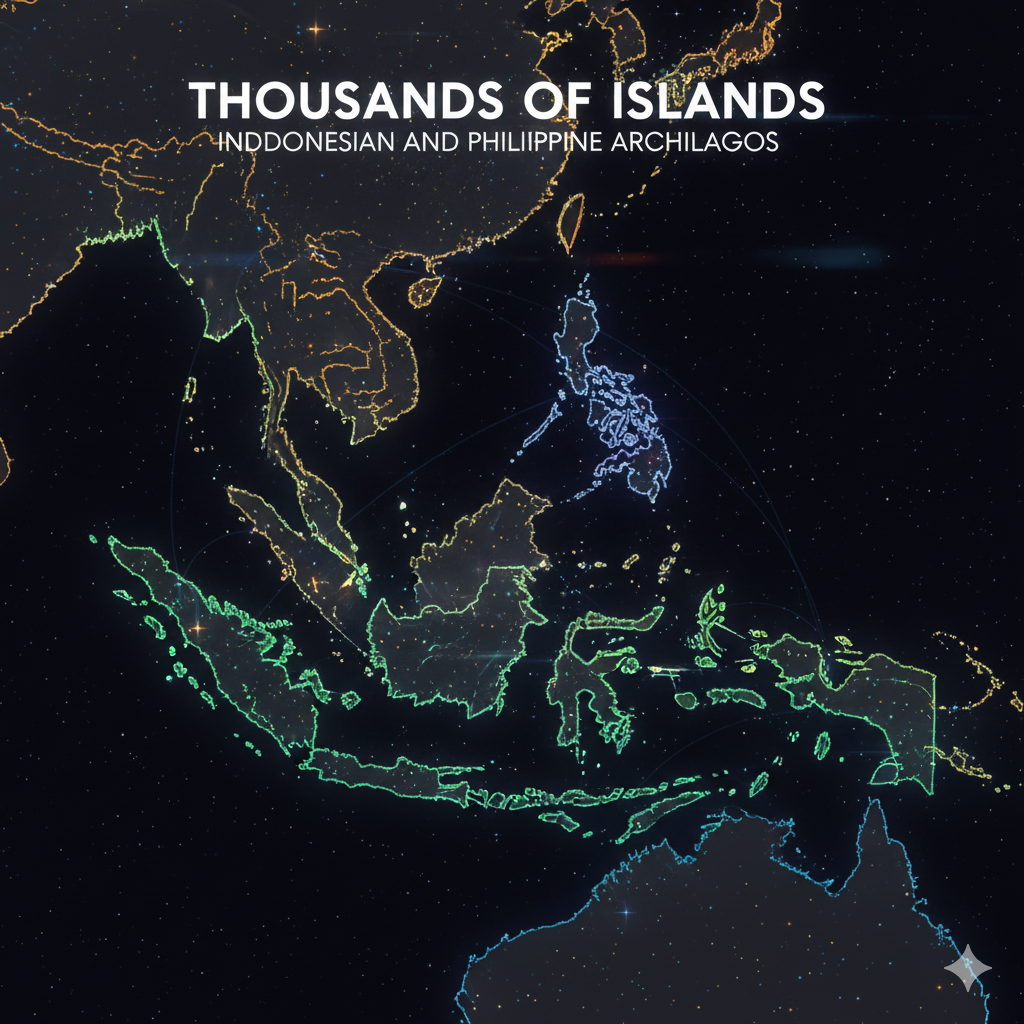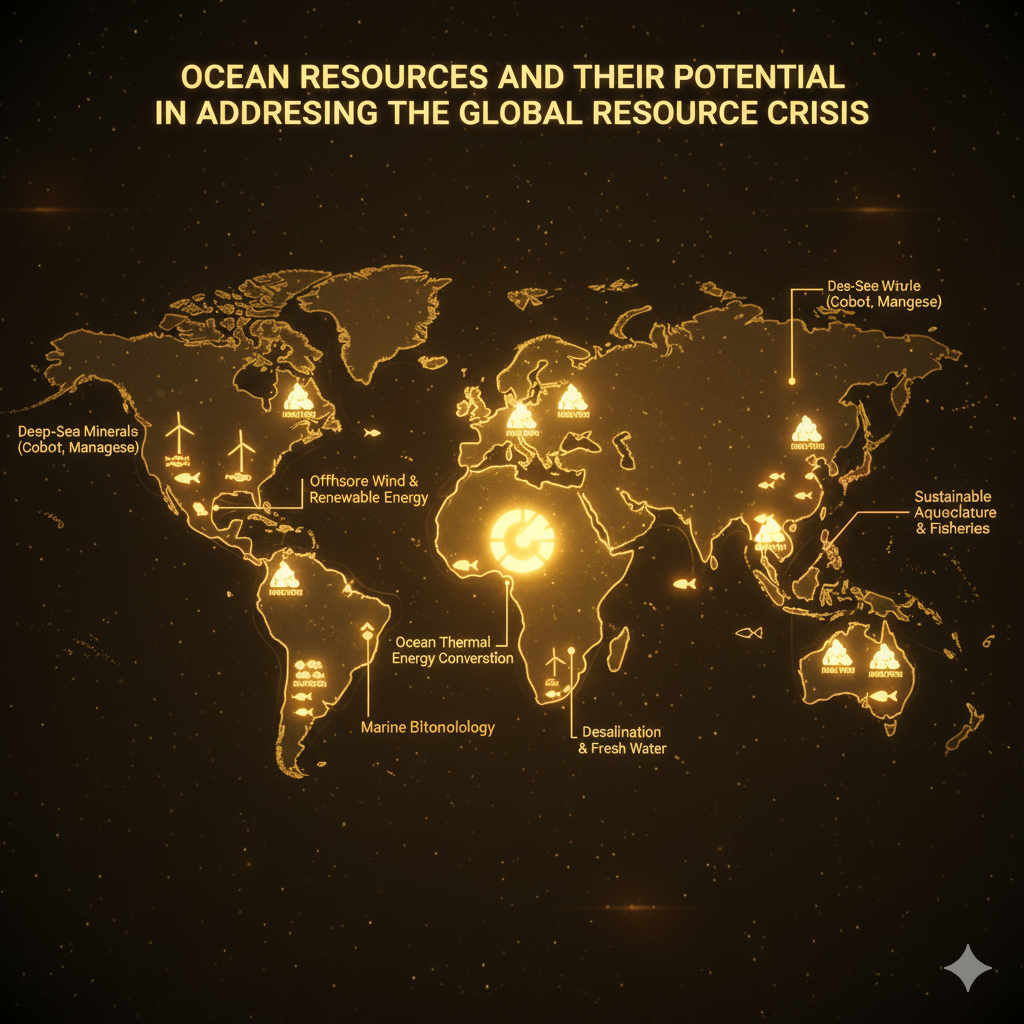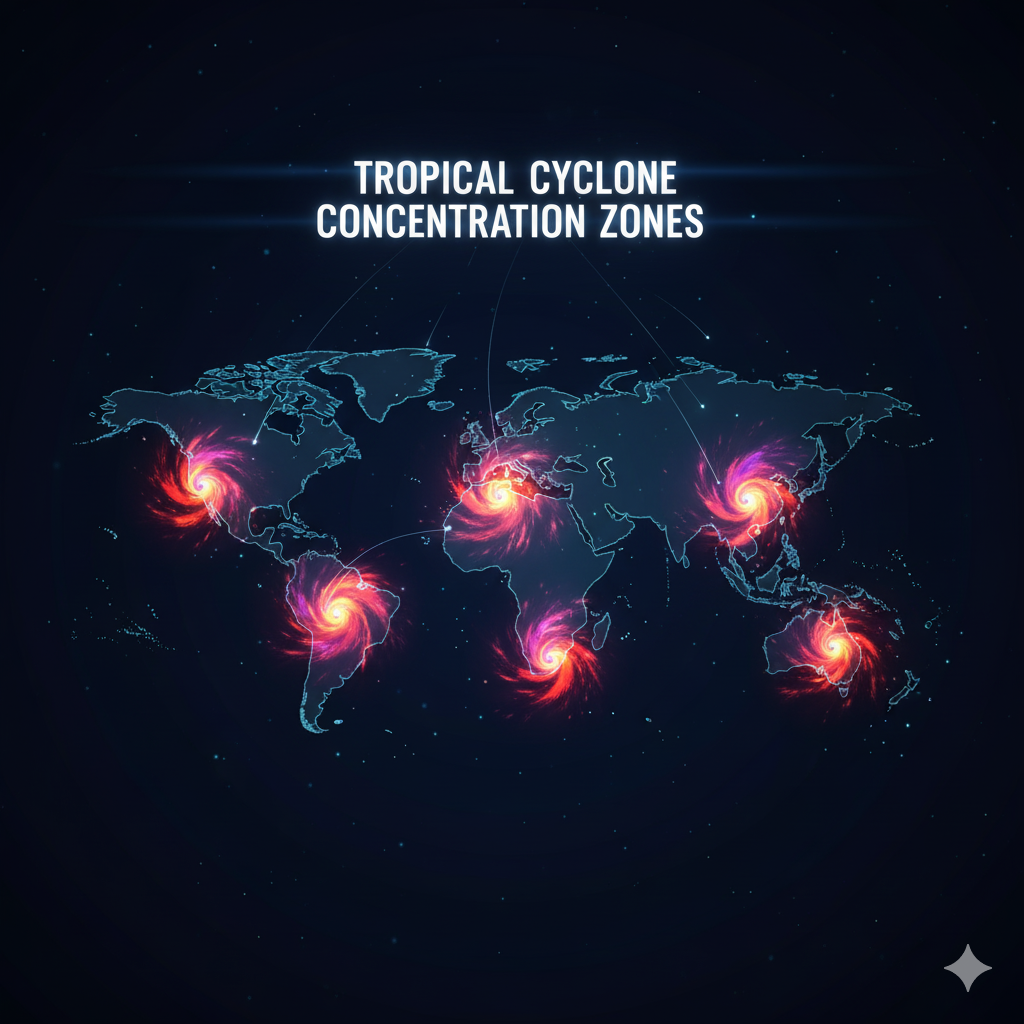Introduction
The iron and steel industry has historically been the backbone of industrialization, shaping economic development, urbanization, and global trade patterns. Steel is indispensable for infrastructure, construction, automobiles, machinery, and defense industries. Over time, the spatial distribution of iron and steel production has undergone significant changes, influenced by technological advancements, resource availability, globalization, and policy shifts.
Initially concentrated in Europe and North America, the industry has witnessed a major eastward and southward shift, with Asia—particularly China, India, Japan, and South Korea—emerging as the dominant hub. Understanding these spatial dynamics is critical for grasping the global industrial economy, trade flows, and regional development patterns.
Historical Spatial Pattern
1. Early Industrial Centers in Europe
- 19th and early 20th centuries: The iron and steel industry was concentrated in regions with rich coal and iron ore deposits, such as:
- United Kingdom: Midlands, South Wales, Sheffield.
- Germany: Ruhr Valley, Saarland.
- France: Lorraine.
- Belgium: Liège.
- Proximity to coal, iron ore, and waterways facilitated steel production and transportation.
- Steel production supported railways, shipbuilding, and industrial machinery, driving early industrial economies.
2. Expansion to North America
- United States: Steel hubs emerged in Pennsylvania (Pittsburgh), Ohio (Cleveland), and the Great Lakes region.
- Rich in iron ore (Mesabi Range), coal, and limestone, the region became a global steel powerhouse by the late 19th century.
- Steel production fueled railroads, urbanization, and industrial expansion, making the US a dominant producer.
3. Japan and Russia (Pre-WWII)**
- Japan’s steel industry developed in Kobe, Osaka, and Yawata due to coastal locations, coal access, and industrial policy.
- Russia concentrated steel production near Donbas and Ural regions to utilize domestic coal and iron ore reserves.
Factors Influencing Spatial Changes
The global steel industry has shifted locations over the past century due to several interrelated factors:
1. Availability of Raw Materials
- Traditional steel production relied on iron ore, coking coal, and limestone.
- Earlier, plants were located near coal fields due to high energy requirements.
- Technological innovations, such as electric arc furnaces and bulk transport, reduced the dependence on proximity to coal, allowing plants to relocate closer to markets or ports.
2. Energy Costs and Technological Advancements
- The energy-intensive nature of steel production initially tethered plants to coal-rich regions.
- Oil and natural gas-based processes and the advent of electric arc furnaces have allowed steel plants to be established in energy-accessible locations, including regions without coal.
- Recycling scrap steel became economically viable, further reducing reliance on raw material proximity.
3. Market Proximity
- Increasing demand for steel in urban construction, automobiles, and infrastructure has driven the location of steel plants closer to consumption centers.
- For example, India’s eastern steel belt shifted towards Odisha and Chhattisgarh, close to iron ore deposits, but plants are also located near urban centers for market access.
4. Globalization and Trade
- Containerization, bulk shipping, and trade liberalization have allowed raw materials to be transported economically over long distances.
- Coastal plants near ports have become more viable, enabling countries like South Korea, China, and Brazil to establish steel hubs for both domestic use and export.
5. Labor and Production Costs
- High labor costs in traditional centers (Europe, US, Japan) incentivized relocation to countries with cheaper labor, such as China, India, and Southeast Asia.
- Automation and mechanization partially mitigated this, but labor remains a significant factor in secondary steel production and scrap processing.
6. Government Policy and Industrial Strategy
- State support, subsidies, and industrial planning have historically influenced steel location.
- China’s Five-Year Plans, India’s public sector steel plants (e.g., Bhilai, Rourkela), and South Korea’s POSCO development illustrate strategic planning to balance resource use, regional development, and industrial growth.
7. Environmental Regulations
- Strict environmental norms in Europe and North America have raised production costs and restricted expansion.
- Countries with relatively relaxed environmental regulations have attracted new steel plants, contributing to geographical shifts.
Contemporary Spatial Pattern
1. Asia’s Dominance
- Asia now accounts for over 70% of global steel production, with China alone producing more than 50% of world steel.
- Other major producers: India, Japan, South Korea, and Vietnam.
- Coastal plants near ports facilitate export-oriented production, especially in China, India, and South Korea.
2. Decline in Europe and North America
- Traditional centers in US, UK, Germany, and France have declined due to:
- High labor costs
- Aging infrastructure
- Environmental regulations
- Competition from Asia
3. Latin America and Africa
- Brazil is a major player due to iron ore (Carajás) and export-oriented steel hubs near ports (e.g., Tubarão).
- African production remains limited, focused in South Africa, Egypt, and Algeria, primarily for domestic consumption.
India’s Steel Industry: A Case Study of Spatial Evolution
- Early Indian steel industry was concentrated in Jharkhand, West Bengal, and Odisha, near iron ore and coal deposits.
- Public sector plants (Bhilai, Rourkela, Durgapur) were strategically located during the 1950s–1970s.
- Modern trends:
- Expansion along coastal Odisha and Chhattisgarh for export access.
- Private players (JSW, Tata Steel) strategically locate plants near ports and industrial corridors.
- India illustrates the balance between resource proximity and market/port access.
Technological and Industrial Shifts Driving Spatial Change
- Electric Arc Furnace (EAF) Technology
- Allows production from scrap steel instead of iron ore.
- Reduces dependence on coal and iron ore location, enabling coastal and urban plant locations.
- Mini Steel Plants
- Smaller, flexible plants have emerged, especially in India and China, closer to markets.
- Less capital-intensive, adaptable to regional raw material availability.
- Automation and Smart Manufacturing
- Advanced automation reduces labor dependency, enabling plants in regions with higher wages or limited labor.
Environmental and Sustainability Considerations
- European and North American plants face carbon taxes, emissions limits, and environmental compliance costs.
- Asian plants adopt modern pollution control technologies, but environmental regulations are gradually tightening.
- Sustainable steel production methods are influencing new plant locations near renewable energy sources and ports.
Global Trade and Infrastructure Influence
- Modern steel production is increasingly export-oriented.
- Bulk shipping, containerization, and port facilities allow plants to relocate from traditional coal-heavy inland sites to coastal hubs.
- Example: Brazil exports iron ore and steel to Asia and Europe; Chinese plants import iron ore from Australia and Brazil.
Implications of Spatial Shifts
- Economic
- Asia dominates steel production, contributing to global industrial competitiveness.
- Decline in Europe/North America affects employment, industrial base, and regional economies.
- Geopolitical
- Control of steel production and raw materials influences global trade policies and strategic partnerships.
- Resource-rich countries (Brazil, Australia, India) gain economic leverage.
- Technological
- Shift encourages adoption of advanced steelmaking technologies, especially in emerging economies.
- Facilitates development of high-value steel products for automotive, infrastructure, and defense.
- Environmental
- Concentration of steel production in Asia raises concerns about carbon emissions, air pollution, and resource sustainability.
- Incentivizes development of green steel technologies.
Future Trends in Spatial Distribution
- Green Steel Hubs
- Plants near renewable energy sources to reduce carbon footprint.
- EAFs using hydrogen and scrap steel may influence plant location.
- Market-Oriented Locations
- Increasingly, plants will be near urban centers and industrial corridors to minimize transportation costs.
- Integration with Global Value Chains
- Coastal plants near ports will dominate export-oriented production, while inland plants will focus on domestic consumption.
- Technology-Driven Flexibility
- Mini-mills and flexible production technologies allow steel production in non-traditional regions with access to scrap and energy.
Conclusion
The spatial pattern of the global iron and steel industry has shifted dramatically from its traditional base in Europe and North America to Asia, particularly China, India, and South Korea. This shift has been driven by a combination of raw material availability, technological advancement, market proximity, labor costs, government policies, globalization, and environmental considerations.
The industry demonstrates that resource proximity is no longer the sole determinant of location. Modern steel production increasingly balances market access, trade logistics, energy availability, and sustainability concerns.
India exemplifies a hybrid model, combining resource-rich inland locations with coastal plants for export, leveraging modern technologies and strategic planning.
The global steel industry will continue to evolve, influenced by green technology, automation, renewable energy, and global demand patterns, further reshaping its spatial distribution and impacting the economic and geopolitical landscape.
